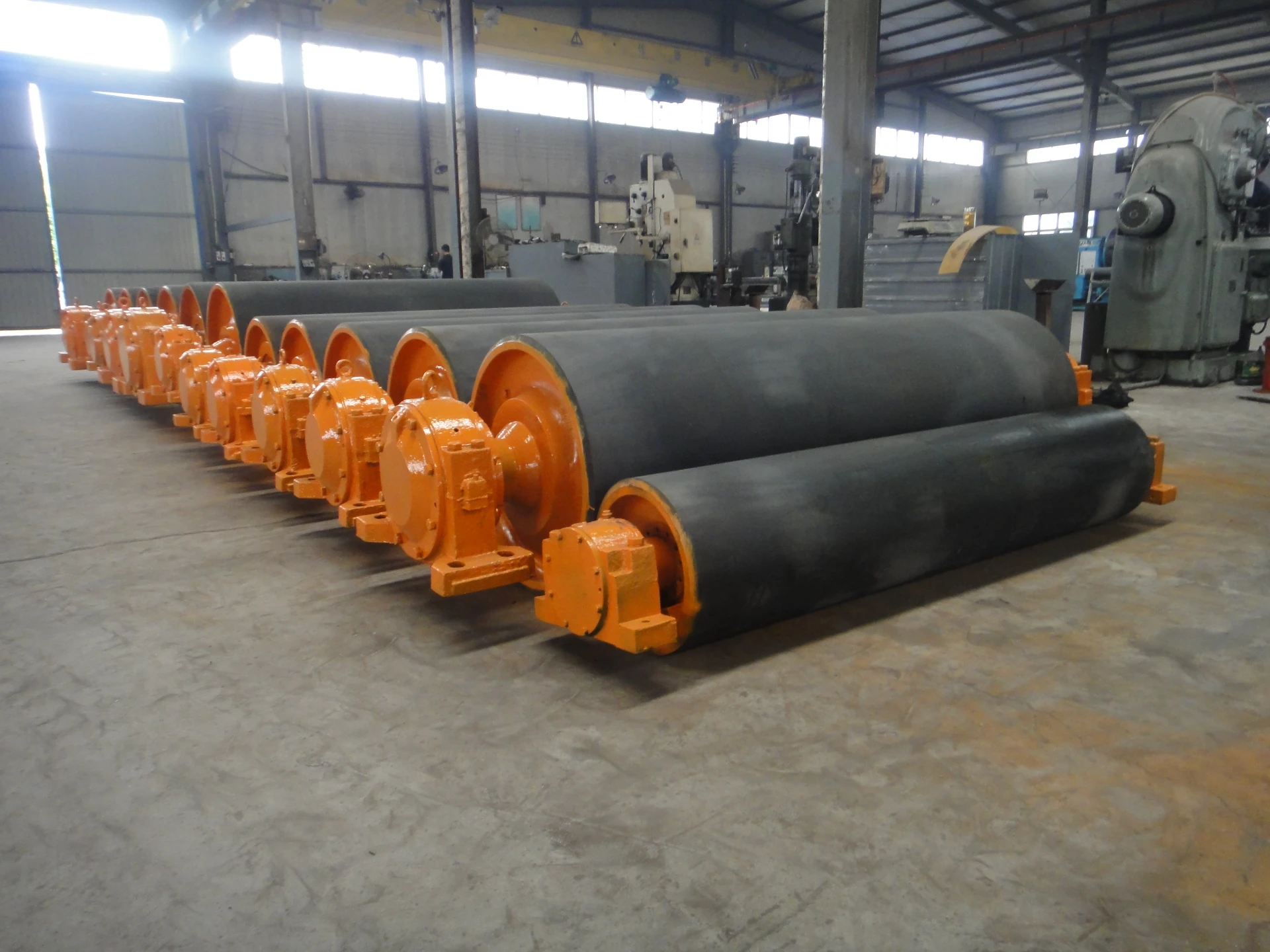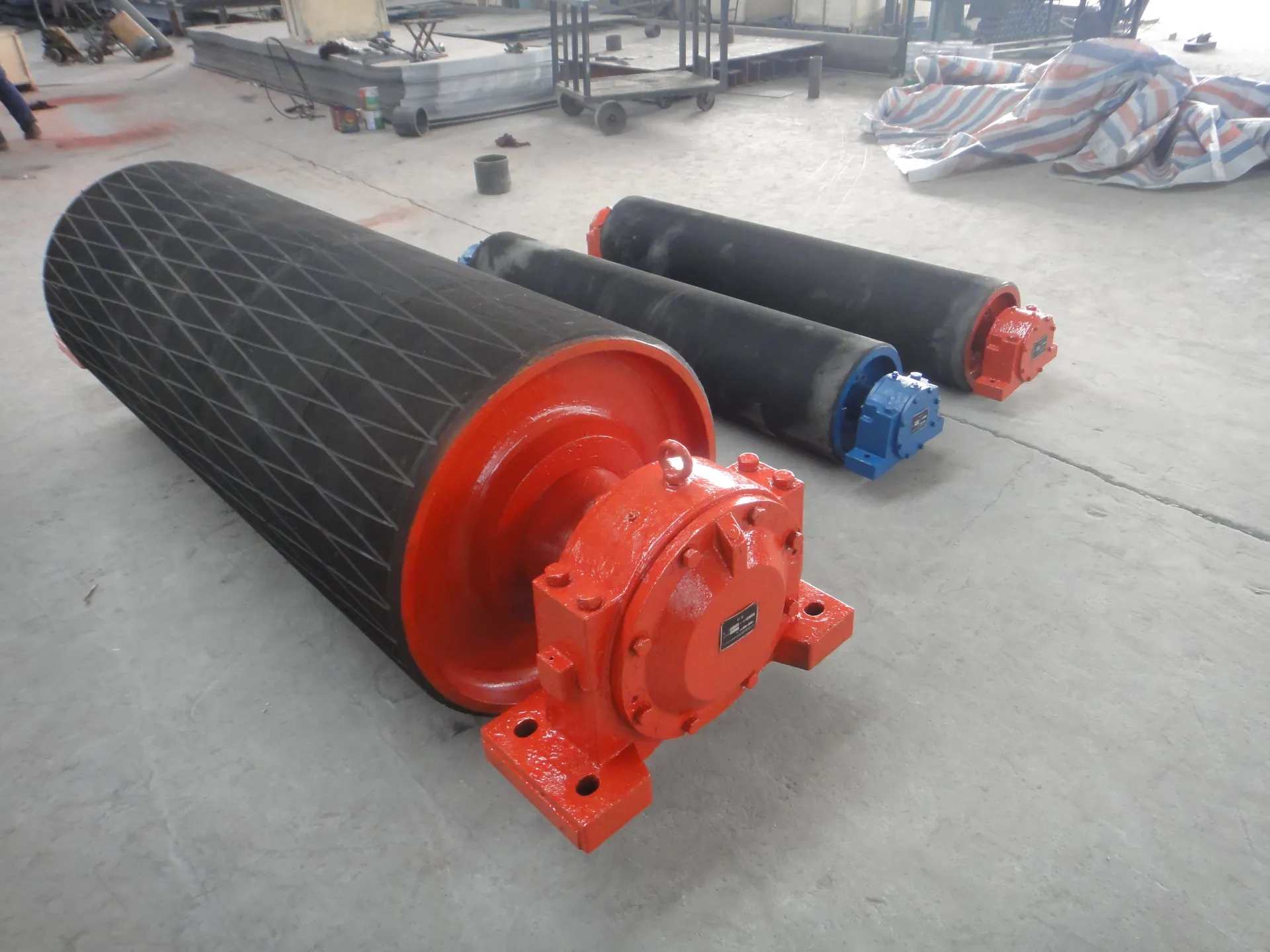 Afrikaans
Afrikaans  Albanian
Albanian  Amharic
Amharic  Arabic
Arabic  Armenian
Armenian  Azerbaijani
Azerbaijani  Basque
Basque  Belarusian
Belarusian  Bengali
Bengali  Bosnian
Bosnian  Bulgarian
Bulgarian  Catalan
Catalan  Cebuano
Cebuano  Corsican
Corsican  Croatian
Croatian  Czech
Czech  Danish
Danish  Dutch
Dutch  English
English  Esperanto
Esperanto  Estonian
Estonian  Finnish
Finnish  French
French  Frisian
Frisian  Galician
Galician  Georgian
Georgian  German
German  Greek
Greek  Gujarati
Gujarati  Haitian Creole
Haitian Creole  hausa
hausa  hawaiian
hawaiian  Hebrew
Hebrew  Hindi
Hindi  Miao
Miao  Hungarian
Hungarian  Icelandic
Icelandic  igbo
igbo  Indonesian
Indonesian  irish
irish  Italian
Italian  Japanese
Japanese  Javanese
Javanese  Kannada
Kannada  kazakh
kazakh  Khmer
Khmer  Rwandese
Rwandese  Korean
Korean  Kurdish
Kurdish  Kyrgyz
Kyrgyz  Lao
Lao  Latin
Latin  Latvian
Latvian  Lithuanian
Lithuanian  Luxembourgish
Luxembourgish  Macedonian
Macedonian  Malgashi
Malgashi  Malay
Malay  Malayalam
Malayalam  Maltese
Maltese  Maori
Maori  Marathi
Marathi  Mongolian
Mongolian  Myanmar
Myanmar  Nepali
Nepali  Norwegian
Norwegian  Norwegian
Norwegian  Occitan
Occitan  Pashto
Pashto  Persian
Persian  Polish
Polish  Portuguese
Portuguese  Punjabi
Punjabi  Romanian
Romanian  Russian
Russian  Samoan
Samoan  Scottish Gaelic
Scottish Gaelic  Serbian
Serbian  Sesotho
Sesotho  Shona
Shona  Sindhi
Sindhi  Sinhala
Sinhala  Slovak
Slovak  Slovenian
Slovenian  Somali
Somali  Spanish
Spanish  Sundanese
Sundanese  Swahili
Swahili  Swedish
Swedish  Tagalog
Tagalog  Tajik
Tajik  Tamil
Tamil  Tatar
Tatar  Telugu
Telugu  Thai
Thai  Turkish
Turkish  Turkmen
Turkmen  Ukrainian
Ukrainian  Urdu
Urdu  Uighur
Uighur  Uzbek
Uzbek  Vietnamese
Vietnamese  Welsh
Welsh  Bantu
Bantu  Yiddish
Yiddish  Yoruba
Yoruba  Zulu
Zulu High-Wear Rubber Lagging & Ceramic Pulley Solutions Durable Lagging
- Introduction to Rubber Lagging and Its Industrial Importance
- Technical Advantages of Ceramic Rubber Pulley Systems
- Performance Comparison: Rubber Lagging vs. Traditional Solutions
- Manufacturer Showdown: Key Players in the Lagging Rubber Market
- Customization Strategies for Herringbone Rubber Lagging
- Real-World Applications: Case Studies Across Industries
- Future Trends in Rubber Lagging Technology

(rubber lagging)
Rubber Lagging: The Backbone of Efficient Conveyor Systems
Rubber lagging, a critical component in bulk material handling, enhances pulley traction while reducing belt wear. With global demand rising by 12% annually (MarketWatch 2023), innovations like ceramic rubber pulley designs and herringbone rubber lagging
dominate modern installations. This article explores how these technologies outperform traditional steel-reinforced systems, which suffer 43% higher maintenance costs over five-year cycles.
Technical Superiority in Modern Lagging Solutions
Advanced lagging rubber compounds now achieve 92% friction coefficients (ASTM D1894 standard), compared to 78% in conventional designs. Ceramic-embedded variants demonstrate:
- 400% improvement in abrasion resistance
- Operating temperature range: -40°C to 150°C
- 0.35-0.45 kWh/ton energy savings in conveyor operations
Performance Benchmarking Analysis
| Parameter | Ceramic Rubber Pulley | Standard Lagging | Steel Pulley |
|---|---|---|---|
| Service Life | 7-10 years | 3-5 years | 2-4 years |
| Maintenance Cost/Year | $1,200 | $2,800 | $4,500 |
| Belt Slippage | 0.8% | 2.1% | 3.9% |
Market Leaders in Lagging Technology
Three manufacturers control 68% of the global rubber lagging market:
- Flexco (32% market share): Pioneers in ceramic-rubber hybrid systems
- Trelleborg (24%): Specialists in cold-climate herringbone patterns
- Ammeraal Beltech (12%): Leaders in food-grade compliant lagging
Tailored Lagging Configurations
Custom herringbone rubber lagging solutions now accommodate:
- Variable groove depths (8-25mm)
- Dual-density rubber layers (60-90 Shore A)
- Ceramic insert densities up to 96 pieces/sq.ft
Industry-Specific Implementations
A mining operation in Chile achieved 18-month ROI after installing ceramic-embedded pulleys:
"The ceramic lagging rubber pulley system reduced our belt replacement frequency from quarterly to biennially, cutting downtime by 1,200 hours annually."
Rubber Lagging Evolution: What's Next?
Emerging graphene-enhanced compounds promise 200% thermal conductivity improvements, potentially revolutionizing heat dissipation in rubber lagging applications. With 78% of surveyed plants planning lagging upgrades by 2025 (Dun & Bradstreet), the sector anticipates 15% CAGR through 2030.

(rubber lagging)
FAQS on rubber lagging
Q: What is rubber lagging used for in industrial applications?
A: Rubber lagging is applied to pulley surfaces to increase friction, reduce slippage, and protect against wear. It extends equipment lifespan in conveyor systems and heavy machinery.
Q: How does CERAMIC RUBBER PULLEY (CERAMIC LAGGING RUBBER PULLEY) improve performance?
A: Ceramic rubber pulleys embed ceramic tiles in rubber lagging for superior abrasion resistance and grip. This hybrid design handles high-tension operations better than standard rubber lagging.
Q: What are the benefits of herringbone rubber lagging patterns?
A: Herringbone rubber lagging features V-shaped grooves that enhance traction and self-cleaning. The directional pattern efficiently sheds debris while maintaining belt alignment in wet/dirty environments.
Q: When should lagging rubber be replaced on conveyor pulleys?
A: Replace lagging rubber when visible cracks, chunking, or smooth spots reduce friction. Regular inspections every 6-12 months prevent unexpected downtime in material handling systems.
Q: Can rubber lagging withstand high-temperature industrial processes?
A: Special heat-resistant rubber compounds (up to 150°C/300°F) exist for high-temperature applications. Ceramic-reinforced lagging offers additional thermal stability for extreme conditions.
-
Trusted Conveyor Solutions from Leading Conveyor Idler Roller ManufacturersNewsJun.27,2025
-
Reliable Return Idler Solutions for Efficient Belt Conveyor SystemsNewsJun.27,2025
-
Precision Conveyor Accessories for Streamlined Material HandlingNewsJun.27,2025
-
High-Quality Belt Conveyor Idler Solutions for Efficient Material HandlingNewsJun.27,2025
-
High-Performance Belt Conveyor Pulleys for Reliable Material HandlingNewsJun.27,2025
-
Enhancing Material Handling EfficiencyNewsJun.27,2025





























